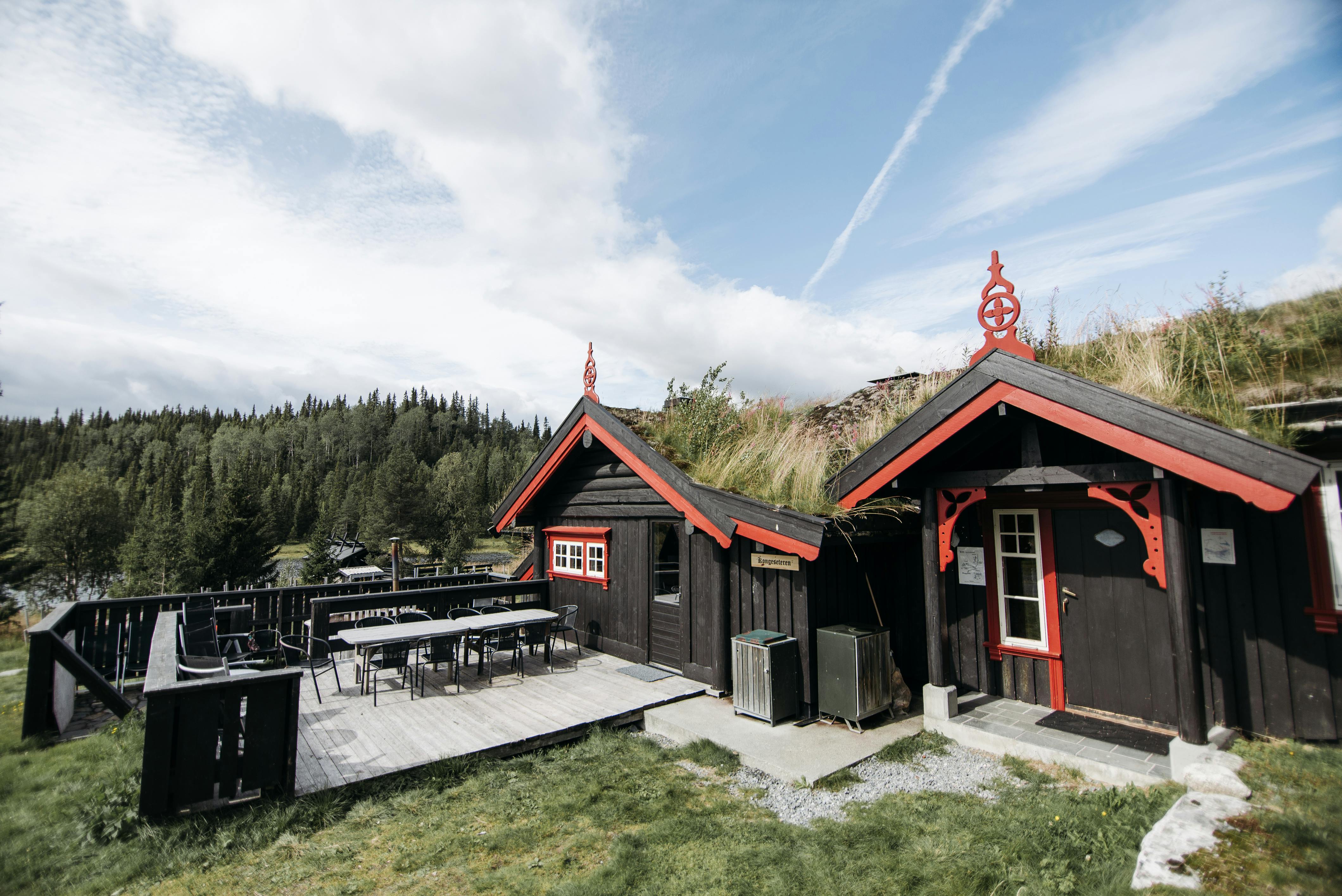During my studies at Duquesne University, I remember the old disputes we had about whether “leaders were born or made.” Our discussions were insightful and always lively. Our views often oscillated between one end of the spectrum and the other. A large cup of coffee, a notepad, and an open mind were among the things she always brought to class.
Are leaders born with particular genetic traits or are they shaped by their environment? That is the question. Figuratively speaking, we start out as “soft clay.” And over time, we are shaped and shaped by many different experiences. Eventually, we became fixed in place like a hard piece of clay.
But it doesn’t stop there, because a person’s education also has an impact. Just as a good cook adds different ingredients to prepare a meal, leaders are made in the same way. They encounter all kinds of experiences, both good and bad. These events shape them in different ways. Even the customs of a big city can shape a leader. Pittsburgh was once known as the “Steel City.” It was like a large dinosaur that could wag its tail and send the contestants running away.
As the competition increased, Steel City lost its arrogance. It was cheaper to order steel from Japan than from the plant across the river. Clearly, the steel industry was changing, and Pittsburgh had to change, too. If we didn’t, the city would literally die out like a dinosaur. Today, Pittsburgh is a symbol of transformation. It is eco-friendly and eco-friendly, a leader in healthcare, and known for its cutting-edge technology.
So what is the connection between Steel City, dinosaurs, and modern leadership? Well, the old leadership model was very simple. Managers used to say, “I’m the boss, it’s my way or the highway.” They were like dinosaurs. But over the past decade, I have seen a transformation take place. Our workforce began to change. The demand for leaders increased as our need for managers faded. A younger and more educated generation entered the scene. And the old leadership model became a thing of the past.
In most organizations, the days of absolute power are long gone. Because the power source has changed drastically. Businesses are getting smarter and recognizing the benefits of leveraging their human assets. Organizations have become flatter to achieve faster results. In other words, the speed at which you can move a product to market determines success, provided of course the product is of high quality.
Today, leaders have to be visionary and open to new ideas. They also need to understand that good ideas sometimes come from the bottom up and not necessarily from the top down. It is about optimizing resources and differentiation in the market. Leaders must be resilient. It is essential that they have the ability to recover.
Speaking of resilience, I was about as pathetic a baseball player as you can imagine. In the minor leagues, I once made all three outs in the same inning. We beat the opposing team 45-0. As expected, the coach cut me off the team. He was very disappointed with my performance and I kept practicing on my own. Despite being cut from the team, he would show up every day to watch them practice.
The head coach said, “Isn’t that the guy we cut last week?” Yes, said the other coach, that’s the partner. He is here every day before everyone else. The head coach said: “Really, well, if the boy persists, give him a uniform and sit him on the bench.” By the end of the summer, he was a star player with a great batting average. Here is my point; if you want to be an effective leader, you have to be able to bounce back.
Sometimes we are victims of our past. I remember another situation, when a guy described how he asked a manager for help on a project. The manager’s lip began to quiver, his eyes turned red, and he yelled, “I gave you all the help you’re ever going to get, now make it happen!” Needless to say, that poor man was convinced that his manager was a born tyrant. He made him cynical. But sadder still, this guy was his mentor. And he had acquired some of the same traits. He too had become a tyrant.
He was convinced that a strong leader had to “knock some heads in” to earn respect. A few years later, I saw him on the street. He said: “I learned a lesson the hard way. I got fired. My tough attitude got me in trouble.” Basically, he tried to hold on to some primitive forms in the changing times. More importantly, he tried to hold on to his respect as a leader, but couldn’t.
I said, it’s up to you to change that image. Don’t become a victim of your past. You can still grow as a leader. Admit your faults and apologize to the people you offended. Don’t let the ghosts of your past haunt you. I further explained how leaders needed to be resilient. They need to be able to recover. Learn from your mistakes. You don’t have to be a manager to be a leader, I said. However, you have to treat people with respect and speak to them with dignity. Give others the same courtesy you want. Remember, the dinosaur went extinct… and so did its customs.
Bottom line; “Leaders are made, not born!” They are shaped by your experiences, both good and bad. They are resilient and able to recover. Unlike the dinosaur, effective leaders learn from their mistakes. Stay flexible, be open to change, and be a continuous learner.
